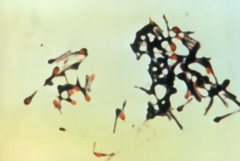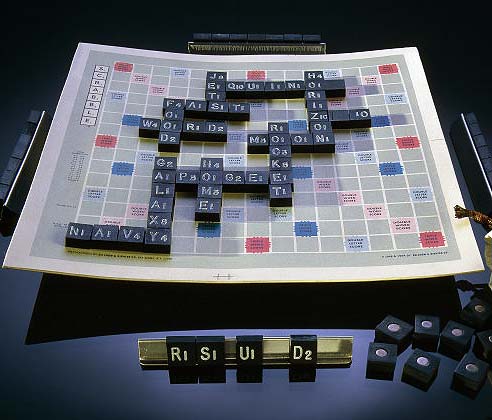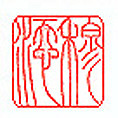 My father works at the airfield for the Air Ministry Works Directorate as Resident Engineer, in charge of works. I am in a team of half a dozen men, a world away from my student life at Oxford University. They accept me well, often ribbing me in a friendly way. I have to learn the sacred rhythm of tea-breaks, and not to continue what I am doing after the tea-break is called for. As I recall it, the tea-break was not so much an occasion for doing less work, but rather an occasion for companionship and chat. The gaffer is a kindly man.ญญ They work for a contractor, so fall in principle under the supervision but not the direct authority of my father, who does not appear while I am working there, since the work is pretty routine.
My father works at the airfield for the Air Ministry Works Directorate as Resident Engineer, in charge of works. I am in a team of half a dozen men, a world away from my student life at Oxford University. They accept me well, often ribbing me in a friendly way. I have to learn the sacred rhythm of tea-breaks, and not to continue what I am doing after the tea-break is called for. As I recall it, the tea-break was not so much an occasion for doing less work, but rather an occasion for companionship and chat. The gaffer is a kindly man.ญญ They work for a contractor, so fall in principle under the supervision but not the direct authority of my father, who does not appear while I am working there, since the work is pretty routine.
One morning I am helping to clear away the rubble from a demolished building. I step on a rusty nail sticking out of a plank of wood. The nail goes half-way through my right foot, and is quite painful.
Clostridium tetani is found in soil, and at least one in ten people infected with tetanus die as a result of the toxin produced by the bacterium, if not treated.
 At the beginning of the First World War, the death rate for soldiers wounded and infected in the mud of those dreadful fields was about 80%. A year or so later the use of equine anti-tetanus serum reduced this mortality rate to about 15%. My nail provides a possible opportunity for this organism.
At the beginning of the First World War, the death rate for soldiers wounded and infected in the mud of those dreadful fields was about 80%. A year or so later the use of equine anti-tetanus serum reduced this mortality rate to about 15%. My nail provides a possible opportunity for this organism.
The carpenter in our team has a mini-van, and drives me to the hospital in Hemel Hempstead, where my foot is placed in a foaming bucket of antiseptic for an hour or so. Then the medical staff ask me if I have any allergies. ‘Not as far as I know,’ I say. They administer anti-tetanus serum. (At that time, I would be unlikely to have received routine anti-tetanus injections as a baby or later, though this became normal practice afterwards, not using the more aggressive live horse-serum, but the toxoid.)
 The hospital keeps me for an hour in case any signs of an allergic reaction appear. None do. I go back to work the following day.
About five days later, my abdomen starts itching in the evening, while playing Scrabble with my parents.
The hospital keeps me for an hour in case any signs of an allergic reaction appear. None do. I go back to work the following day.
About five days later, my abdomen starts itching in the evening, while playing Scrabble with my parents.
They used to play this game almost every evening, and kept a running score, usually pretty well equal (e.g. Mum 1238, Dad 1243 games). Inspection of my stomach shows a rash. I go to bed. During the night, my entire body swells up, the itching being almost unbearable, and made worse by any attempt at scratching. In the morning, the GP reckons that this may be a delayed allergic reaction to the serum. He doses me with antihistamine (I presume), and passes by every hour or two in case the swelling might cause asphyxia, and require him to make a hole in my throat in order for me to be able to breathe (tracheotomy). Meanwhile, I sleep most of the weekend and am unconscious of all this. Wake up on Monday not tracheotomized, feeling fine, and go back to work.
For some years after that, I wore a chunky silver bracelet. It bore the inscription ‘allergic to anti-tetanus serum’, but there was also perhaps some vanity in the wearing. Somewhere along the way I lost it.
